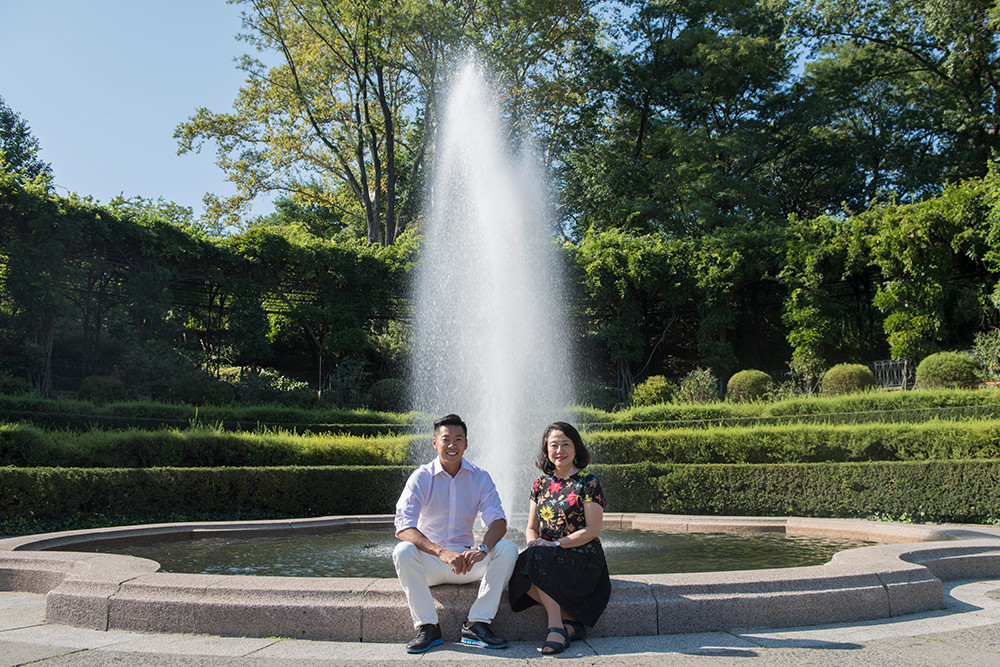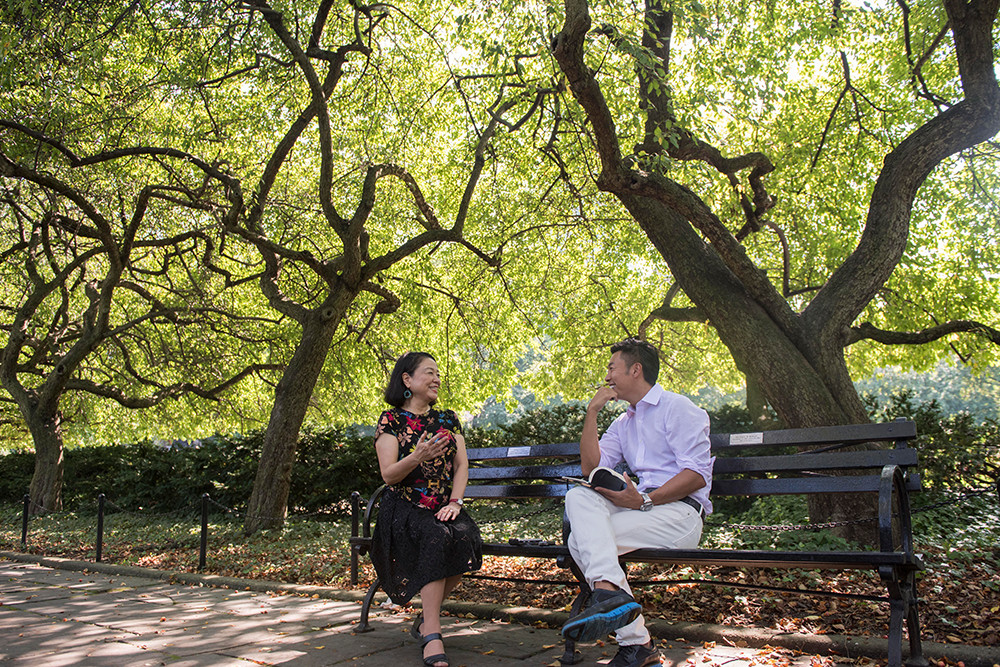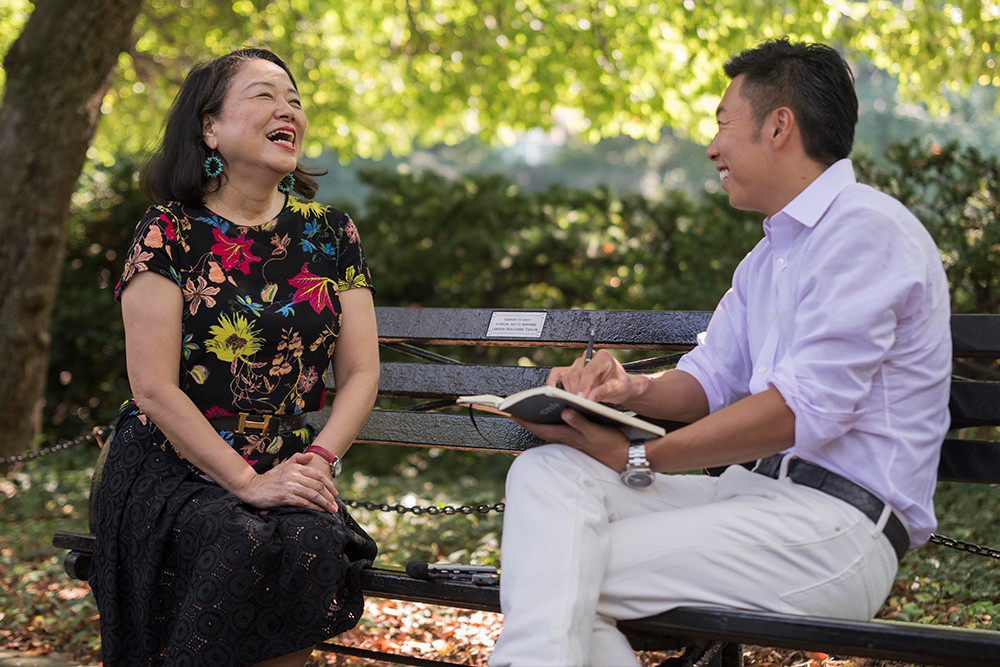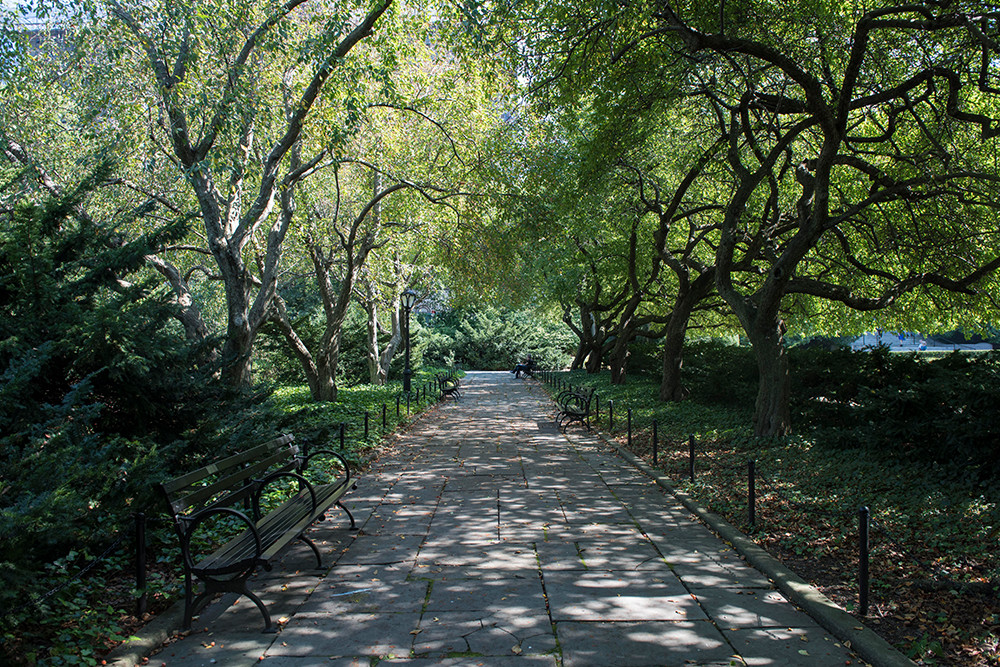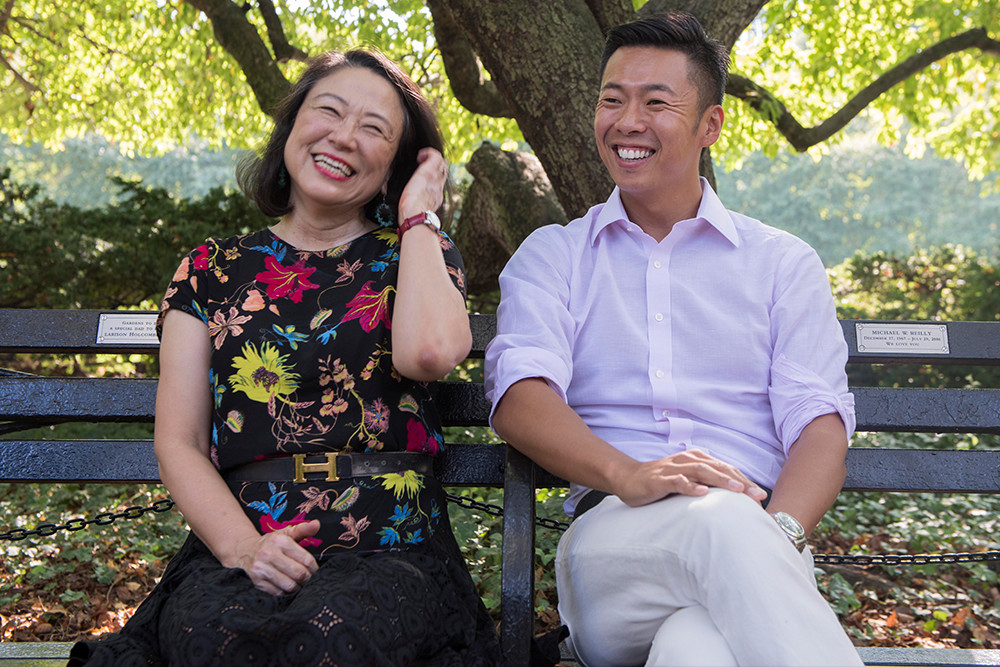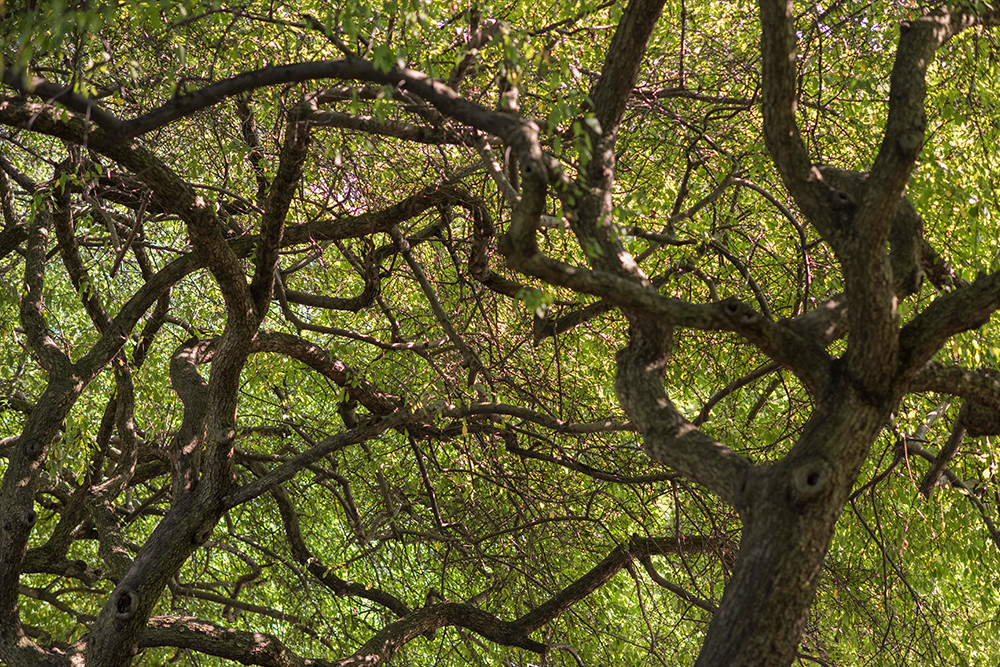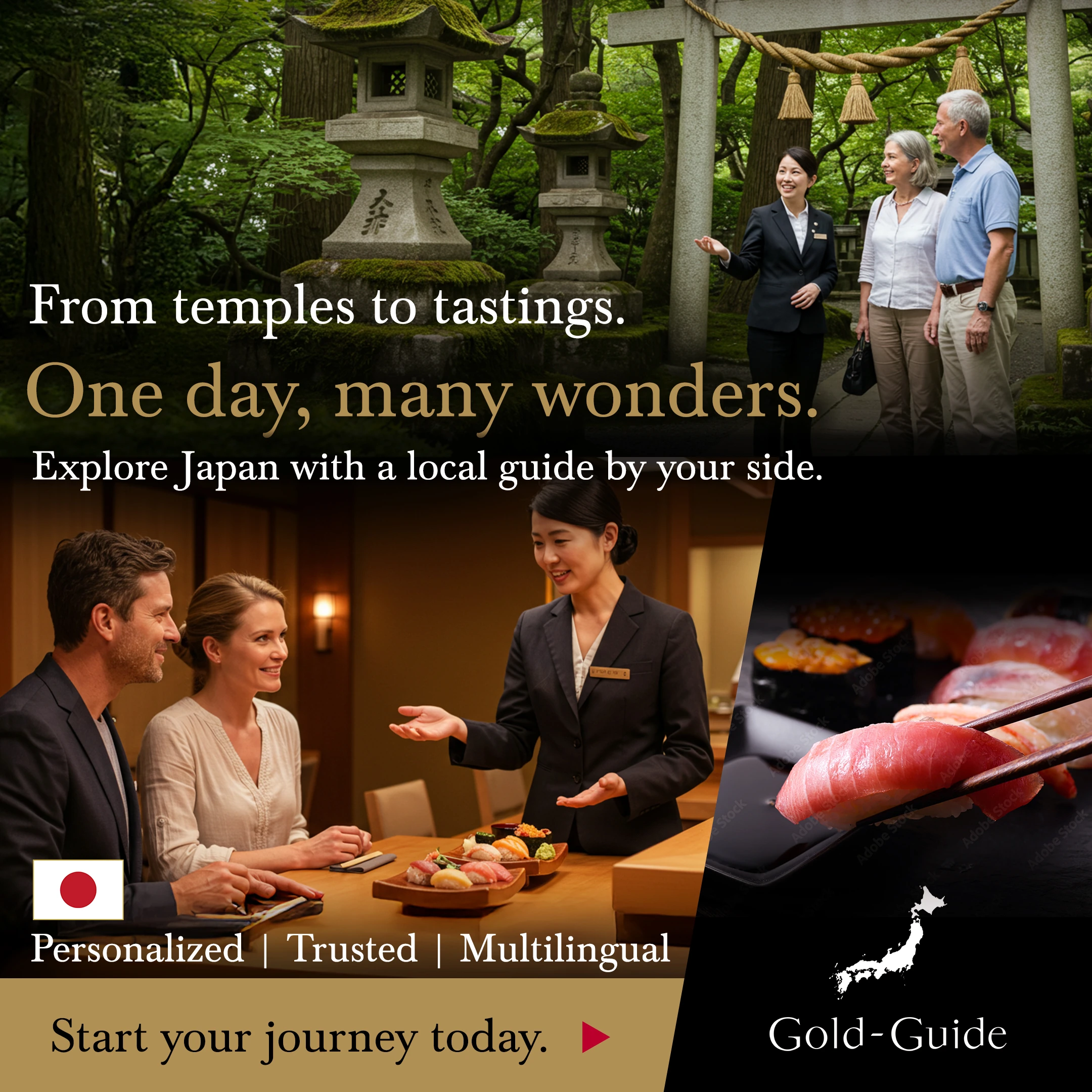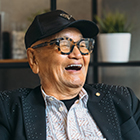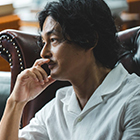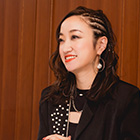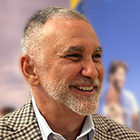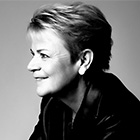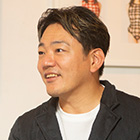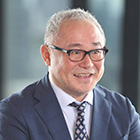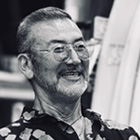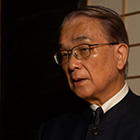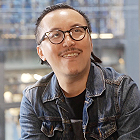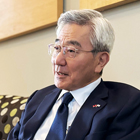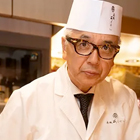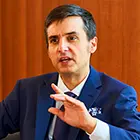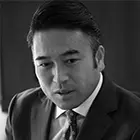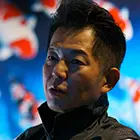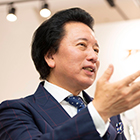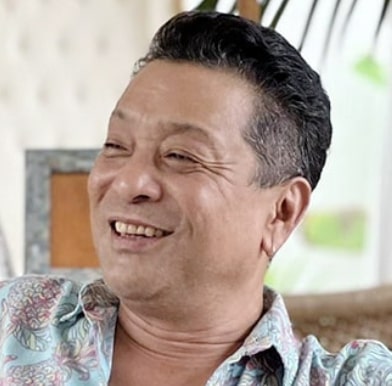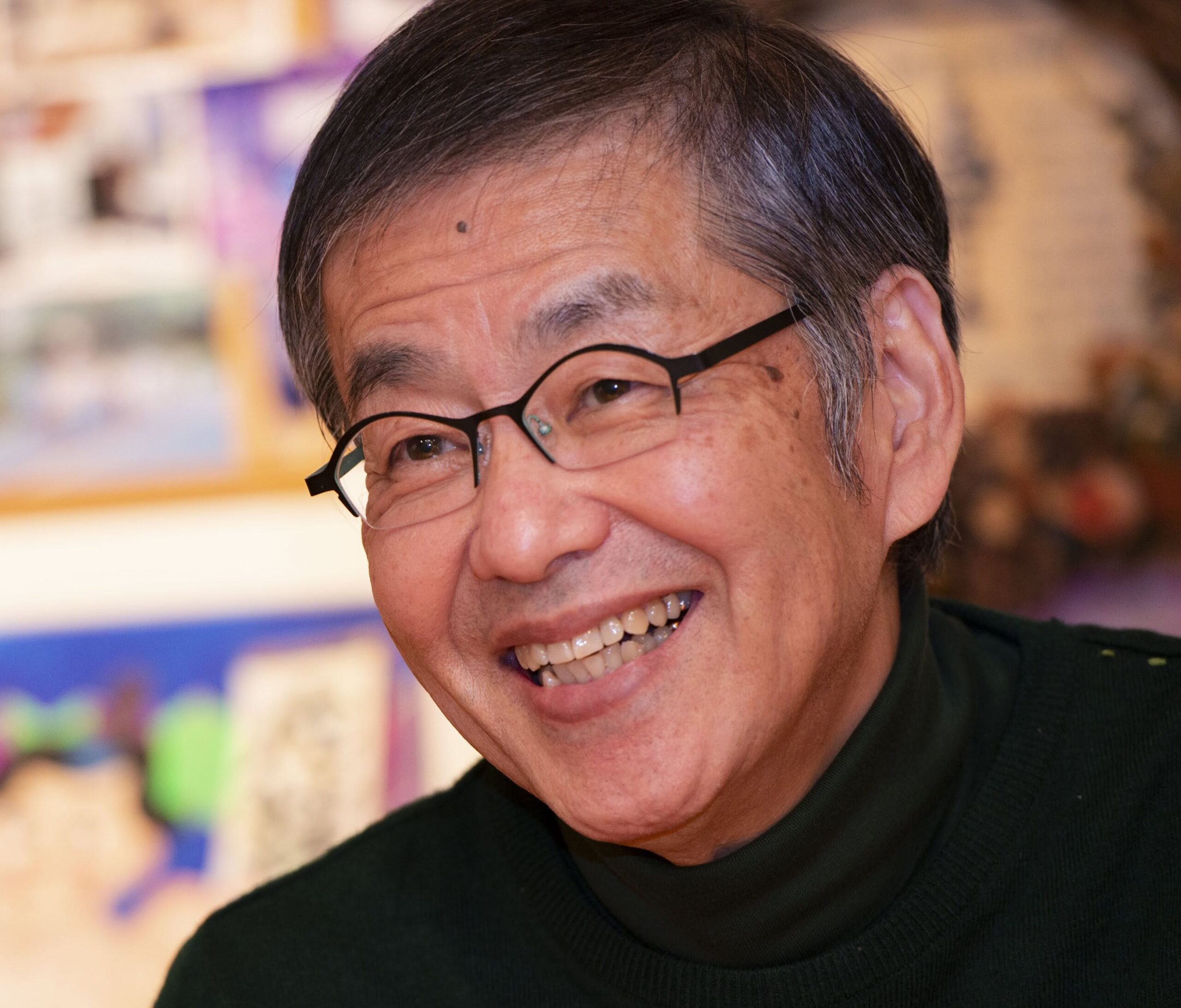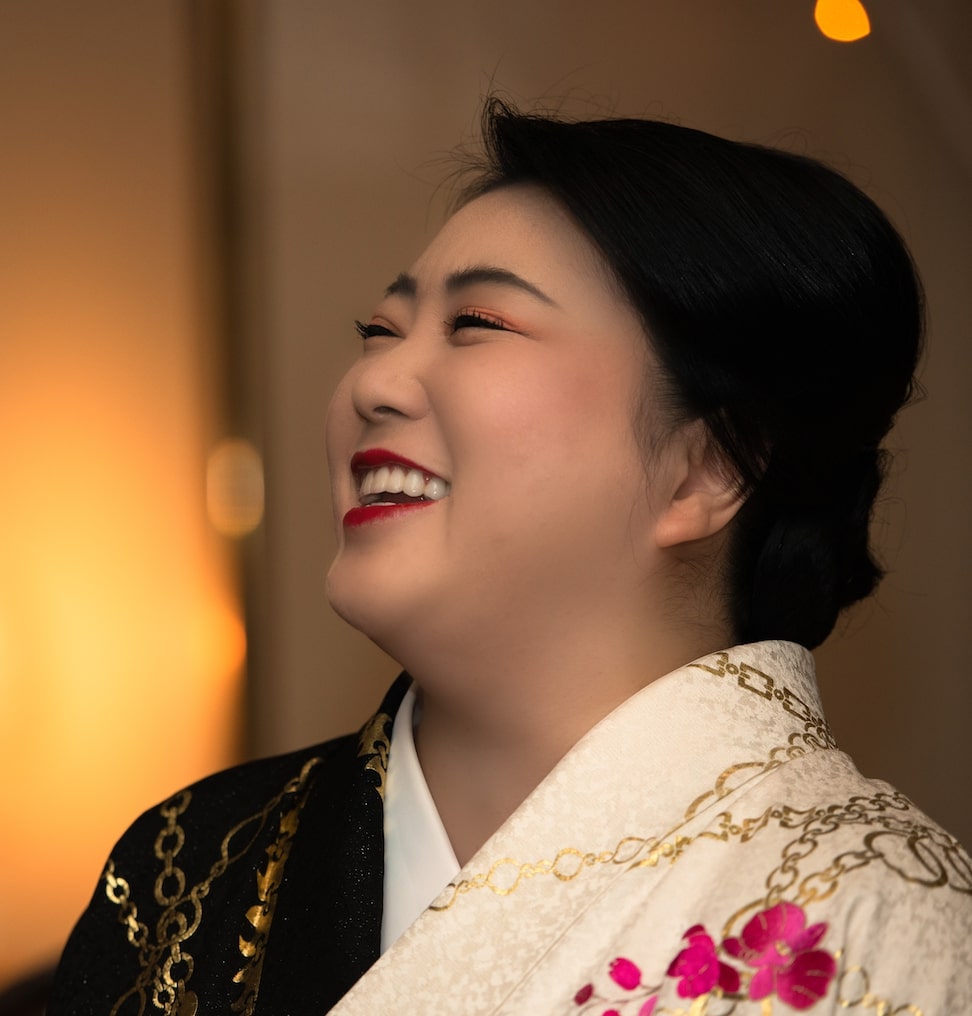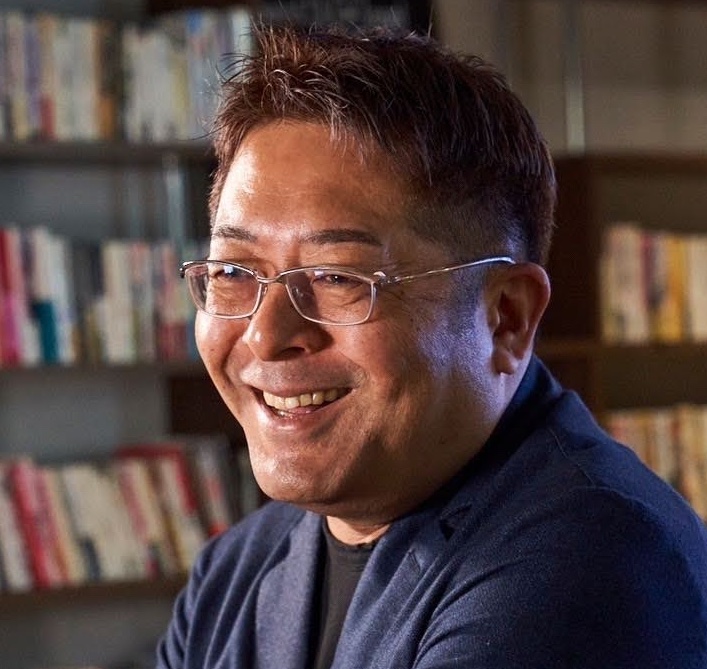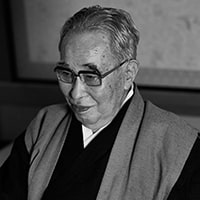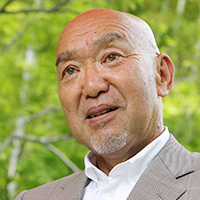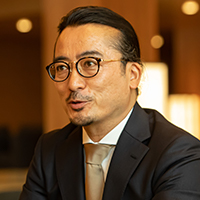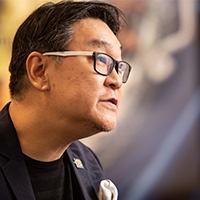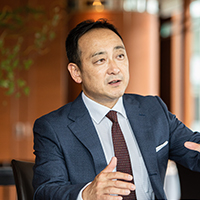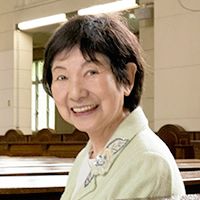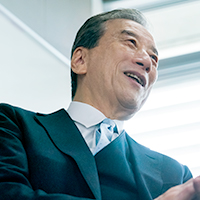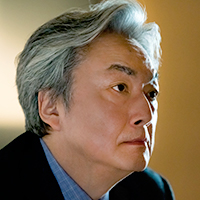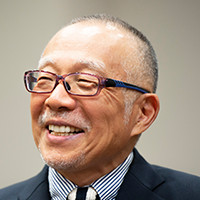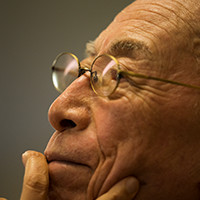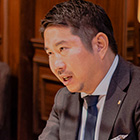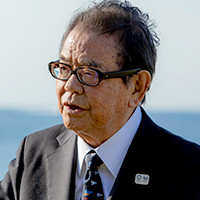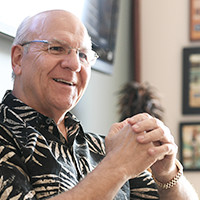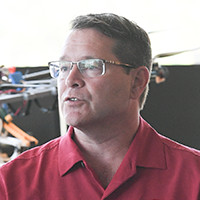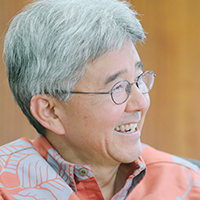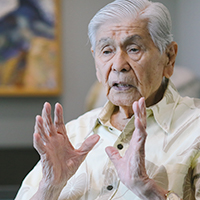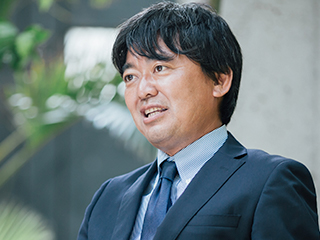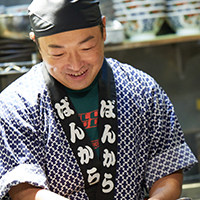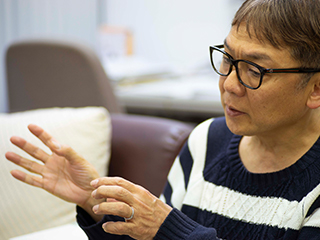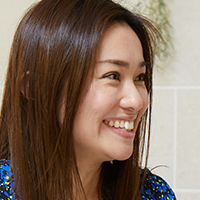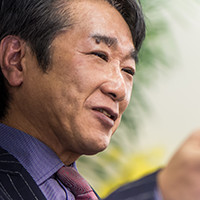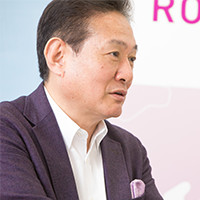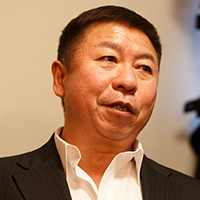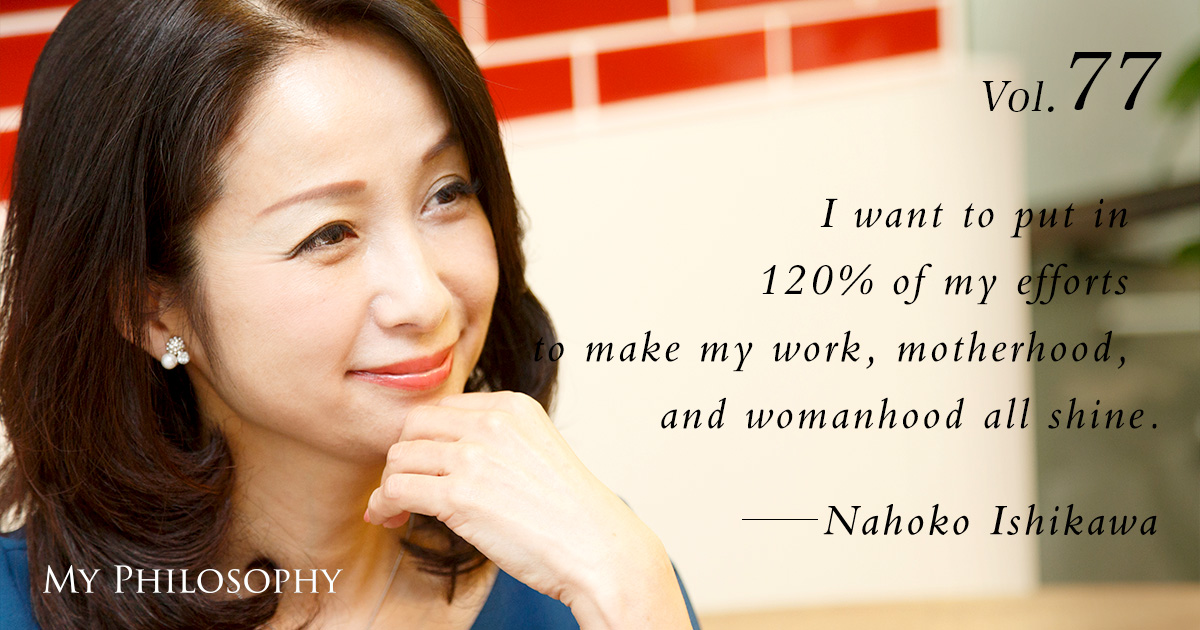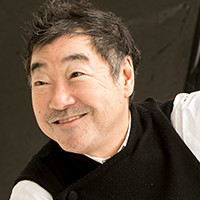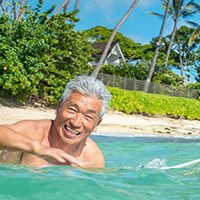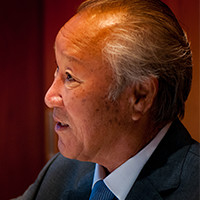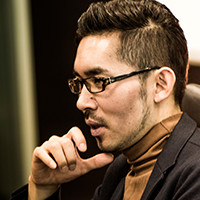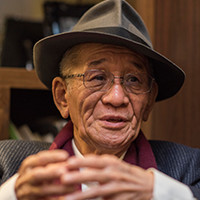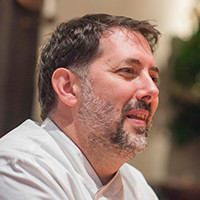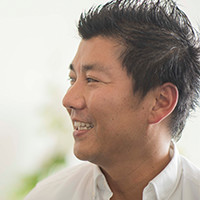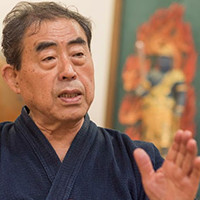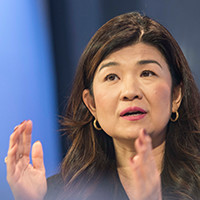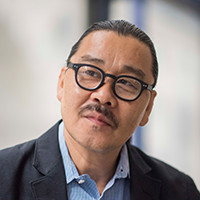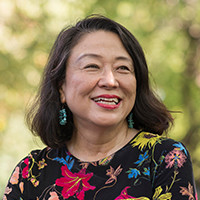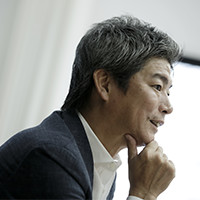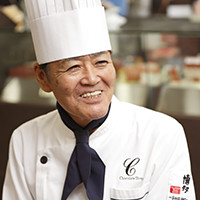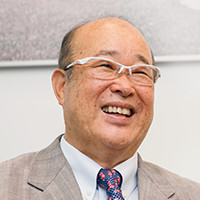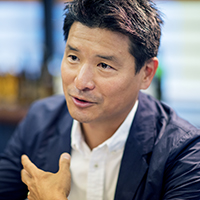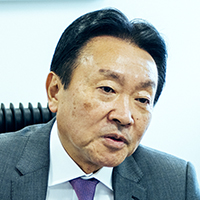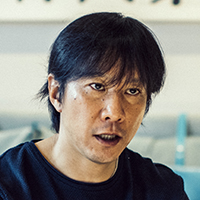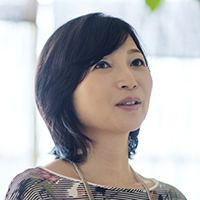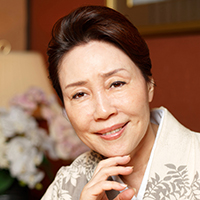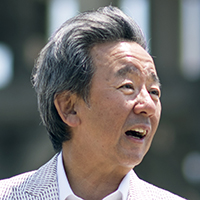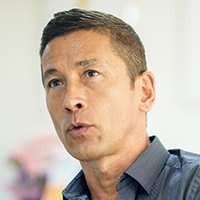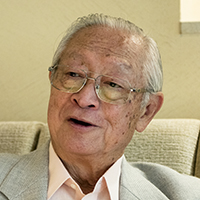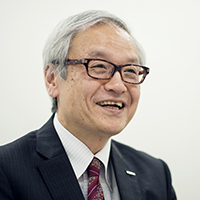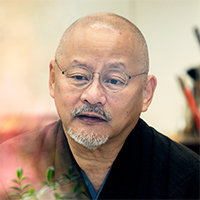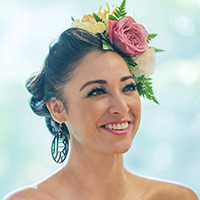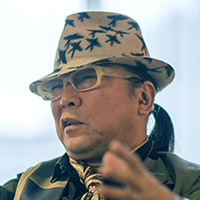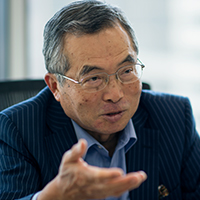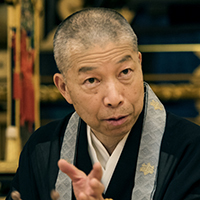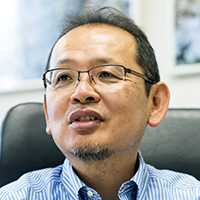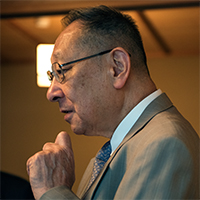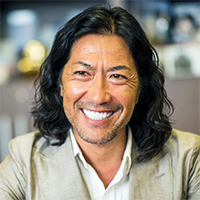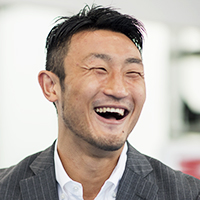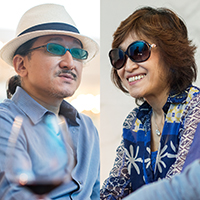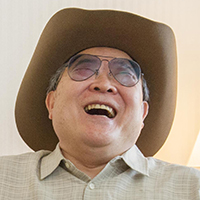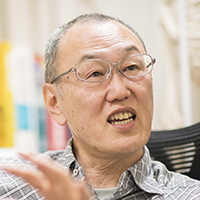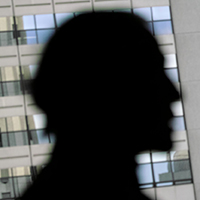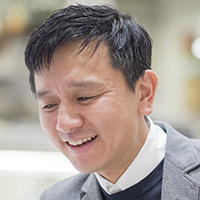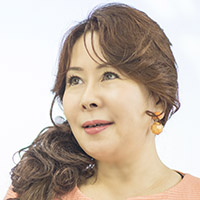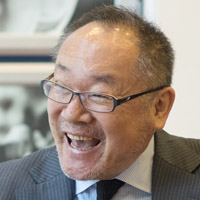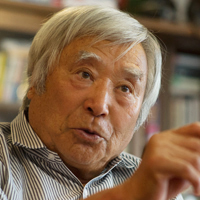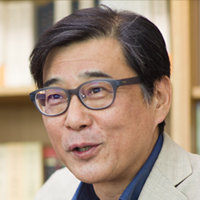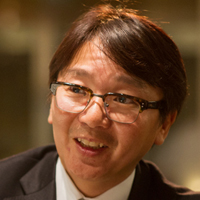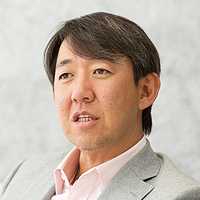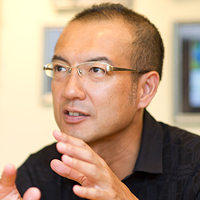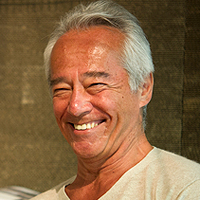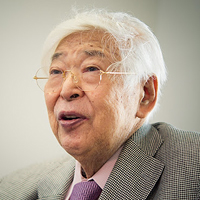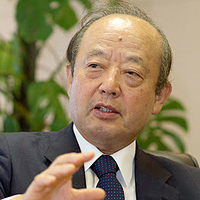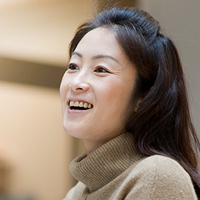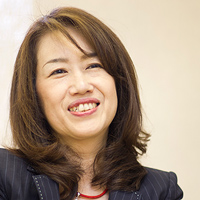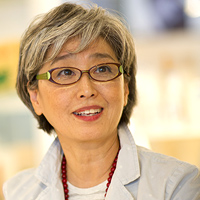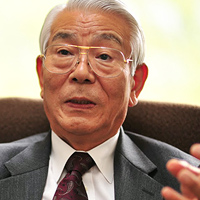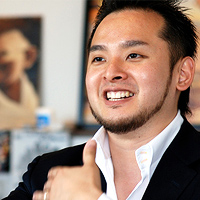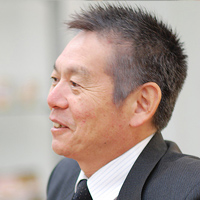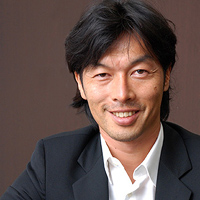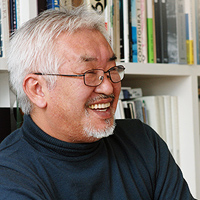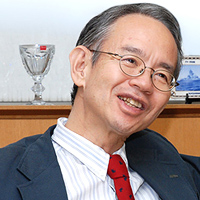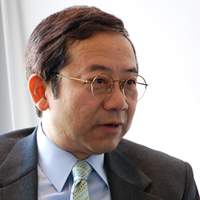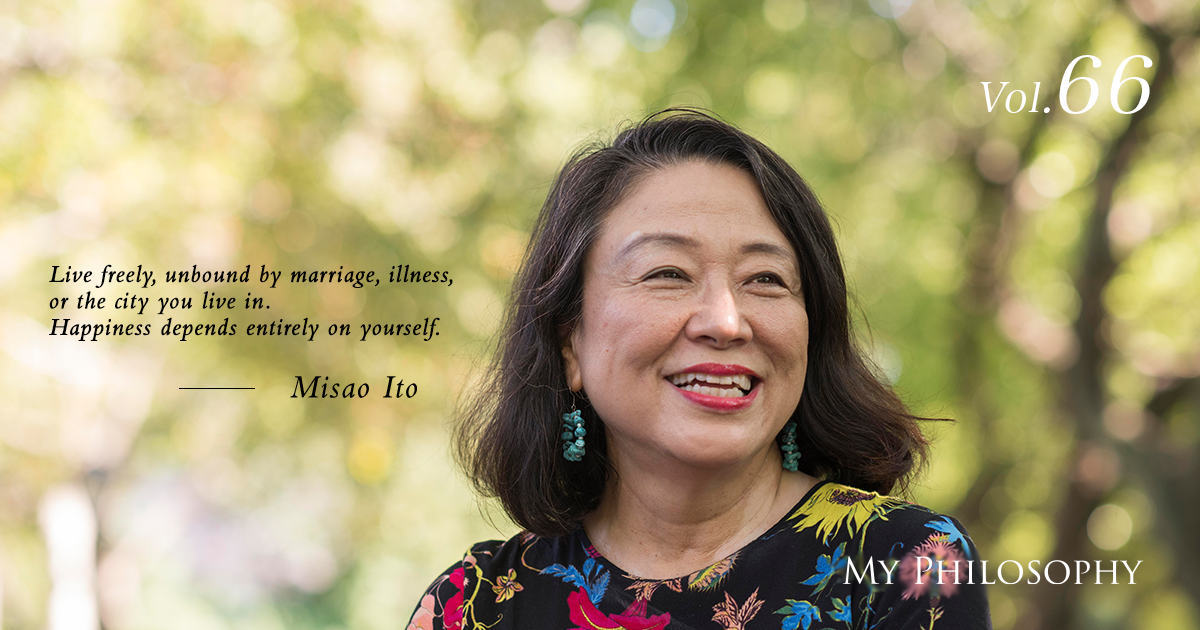
When faced with the illness of cancer, can a person still be free-spirited and happy? Can they continue to dream? In New York, a city where dream chasers gather, Misao Ito continues to write. What she has shown us is a priceless way of living.
Profile
Vol.66 Misao Ito
Writer | Art Producer
Based in New York, USA. Graduated from the School of Arts and Letters at Meiji University and completed the stylist program at Sun Design Institute. In 1982, she moved to the U.S. with her husband. From 1985 to 2000, she worked as a New York correspondent for Senken Shimbun, contributing articles on New York’s fashion, art, and lifestyle to Japanese media.
In 2001, she returned to Japan and became the editor-in-chief of the Japanese edition of Harper’s BAZAAR. After being diagnosed with breast cancer, she resigned from her position and relocated back to New York. She has been actively involved in promoting the Pink Ribbon campaign and continues to write extensively from a fashion perspective. Her published works include Tina’s Gift (Tina no Okurimono) (TBS Britannica), Find Me (Watashi wo Mitsukete) (International Luxury Media), Manage: The Man Who Created Donna Karan, Tomio Taki (Donna Karan wo Tsukutta Otoko, Taki Tomio) (Fusosha Publishing), and Waiting for You (Anata wo Machinagara) (C&R Research Inc.), among others. She also manages projects introducing New York art and beauty to Japan and serves as an advisor for SULA NYC, a brand offering skincare and food products based on argan oil.
*Titles and positions are as of the time of the interview (September 2017).
Living Radiantly in a Commuter Marriage
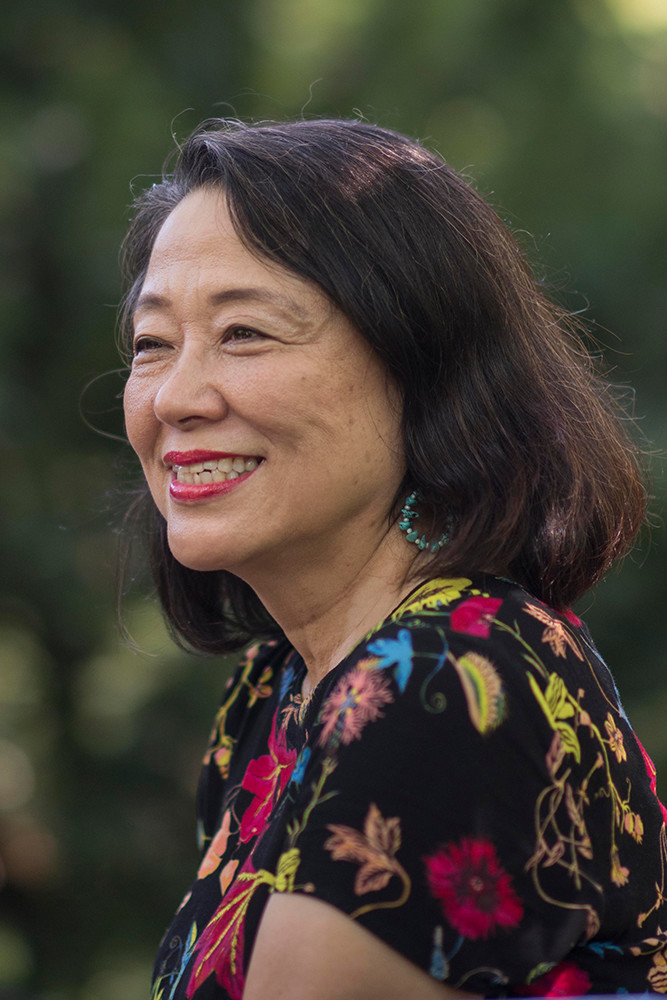
The first time I set foot in New York was in 1982. Both my husband and I, being journalists, shared a desire to experience New York. My husband received a Fulbright Scholarship, which allowed him to study interactive communication as a visiting researcher at New York University’s Graduate School of Telecommunications. This opportunity led us to move to the U.S. together. For the first year, I didn’t work but focused on studying English and building a network of connections.
After a year, my husband returned to Japan, but I decided to stay because I still had things I wanted to pursue. It became a commuter marriage rather than a separation; divorce never crossed our minds. We simply found ourselves in different places where we could shine. Today, more people in Japan are opting for commuter marriages, but the key is ensuring that both partners can thrive in their own way. There are countless forms of partnership and happiness.
Upon his return to Japan, my husband established his own media-related company, and I supported him while working as a correspondent for Senken Shimbun, a fashion industry newspaper. I was also allowed to contribute to other publications, so I began writing about New York for Marie Claire, Esquire, and FIGARO japon, among others. I believe that my husband and I were well-suited as work partners as well.
The Relationship Between Fashion and Breast Cancer
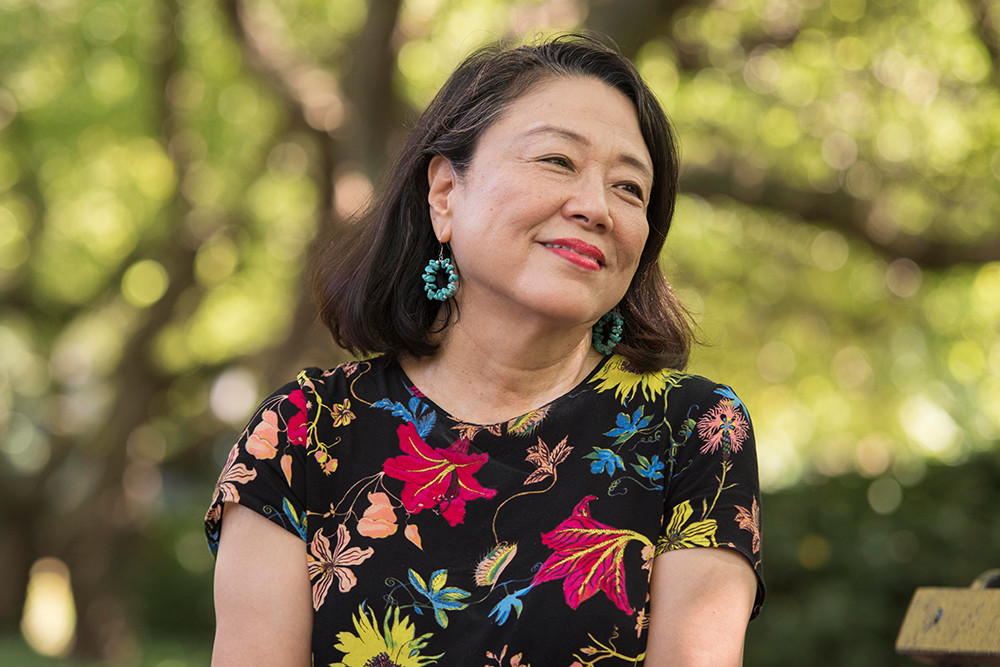
In New York’s fashion industry, there is a strong commitment to breast cancer awareness campaigns. Undergoing breast cancer surgery can disrupt a woman’s physical balance, necessitate changes in underwear, and make it difficult to wear clothes with low necklines—directly affecting one’s relationship with fashion. This is why fashion leaders and brand owners have taken the lead in Pink Ribbon activities, aiming to help women continue living vibrantly. For me, it was only natural to interview breast cancer patients and cover Pink Ribbon activities.
Personally, shortly after getting married, I was diagnosed with thyroid cancer. I’ve been taking medication since my surgery and continue to do so to this day. Thyroid cancer is relatively mild, and as long as I take my medication, it’s not life-threatening. My mother also had breast cancer, which naturally heightened my interest in cancer-related journalism. In 2001, I was appointed editor-in-chief of a Japanese fashion magazine and returned to Japan. I hoped to see the Pink Ribbon movement gain traction in Japan, so I conducted numerous interviews and published articles on the topic. However, I never imagined that I would be diagnosed with breast cancer myself.
When the disease was discovered, I decided to step down from my role as editor-in-chief. However, I couldn’t simply live a life of rest and recovery—I found myself longing for New York once again, so I returned to the U.S.
Focusing on How to Live, Not on Death
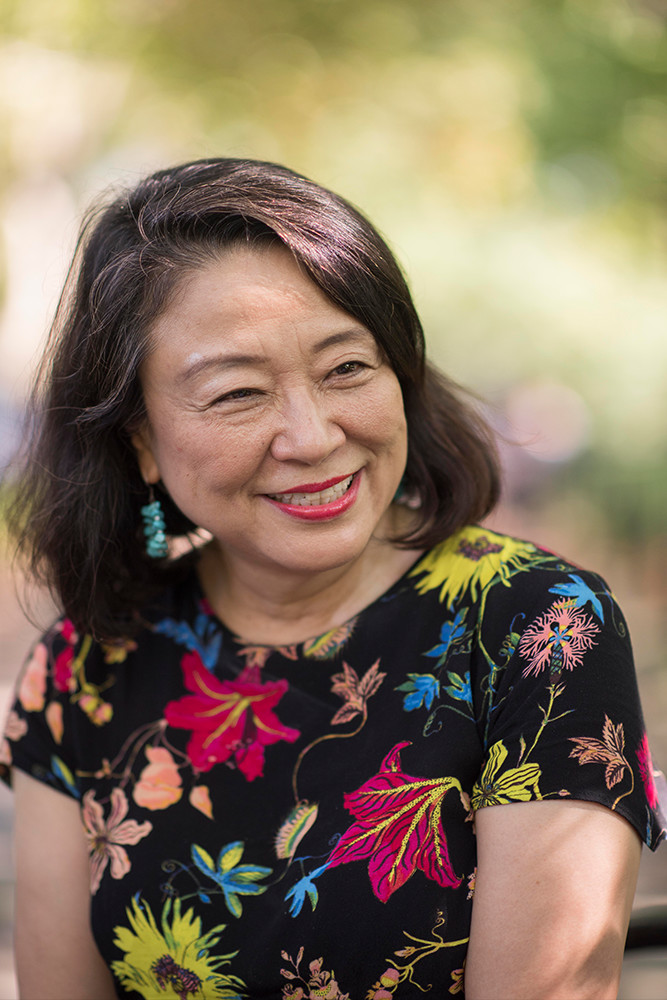
Over the decades I’ve spent in New York, I’ve met and interviewed many remarkable women, but one who left a lasting impression on me was Tina Chow, an AIDS patient. AIDS, being incurable, is even more serious than cancer, but she declared, “I will be the best AIDS patient.” Not only did she share her story with the world, but she also supported other women suffering from AIDS. Despite being in a situation where it would be easy to consider herself the most unfortunate person in the world, she always appeared to live lightly and with a smile.
When I was diagnosed with cancer, I remembered her and thought, “Then I’ll be the best breast cancer patient,” and began to consider, “What can I do?” Of course, this mindset is backed by prior knowledge, early detection, and early treatment. With thyroid cancer, it can’t be fully removed, so it’s something I’ll have to live with for the rest of my life. In my case, the breast cancer was detected early, the surgery was successful, and my recovery has been positive, which has allowed me to maintain a positive outlook. I urge all women to prioritize regular screenings and early detection.
In one of the articles I wrote for a Japanese magazine on the Pink Ribbon campaign, I expressed a wish: “I hope Tokyo Tower will one day be lit in pink.” Today, it has become an annual event, and various locations in Tokyo turn pink every October. This isn’t simply about a wish being fulfilled, but rather, it represents a miracle that occurred between the two cities I’ve traveled between—New York and Tokyo—through fashion and illness. I hope it serves as a beacon of hope for women who are struggling with the same illness.
Being in Peace
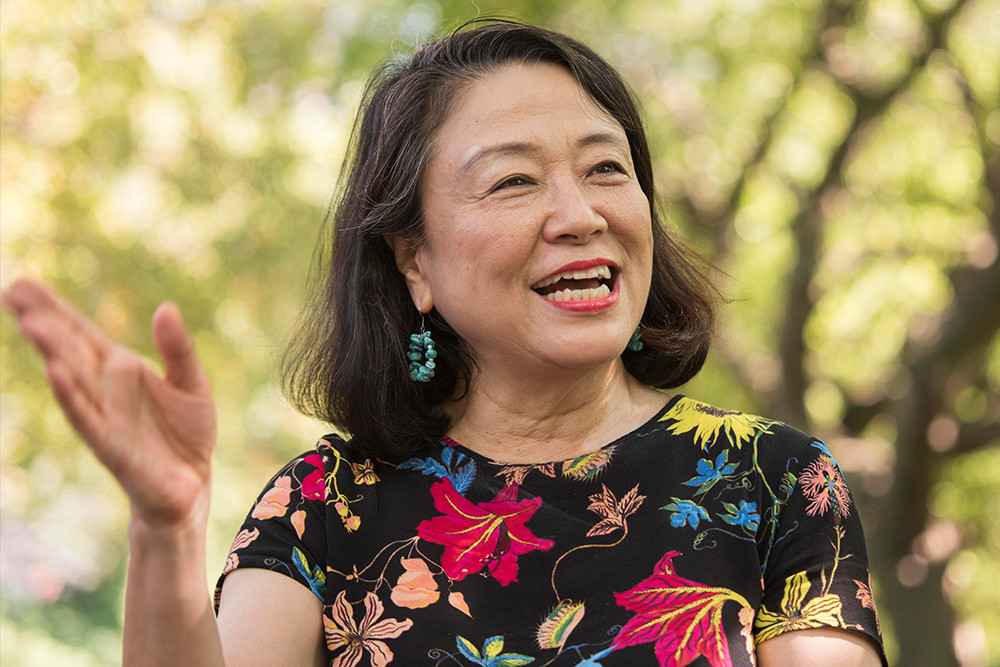
One of the things I hold dear in my daily life is meditation. I practice it every day. As humans, we are constantly thinking, every minute, every second. That’s why taking just 20 minutes a day to clear your mind can give your brain and heart a much-needed rest. Meditation lowers your blood pressure, and it truly brings about a sense of attraction or manifestation. I believe this happens because when your sensitivity increases, you become in tune with everything around you.
I like the word “priceless.” Of course, in the business world, we earn money, and if something doesn’t generate profit, it’s not considered a business. However, I don’t believe in limiting my efforts to just what’s paid for. For example, you might receive $1,000 for a job worth $1,000, but it’s also possible to gain something beyond that through the work you do. It all depends on your mindset. There’s a whole world beyond the door in front of you. That’s why it’s important to “knock the door.” Whether the person on the other side is a celebrity or someone you admire, I encourage you to take the first step and knock.
In my latest short story collection, NY Lost Love MAP, I wrote about what I’ve felt throughout my life. One of the stories, titled Being in Peace, explores the theme of meditation. For me, writing is a priceless act and one of the great challenges of my life. People often talk about the “New York Dream,” but my dream is simply to keep writing. I want to continue living in the city of New York where you can stay free-spirited, unbound by marriage or illness.
When I first met Mr. Sugiyama in Tokyo, our shared connection to New York sparked an engaging conversation. I was amazed by his quick thinking and decisive actions. The very next day, he sent me his book, bought three of mine, and by our meeting the following week, he had read all three. Meeting him again this time in New York, I was once again struck by his boundless energy. However, since his pace of action is so rapid, I advised him to incorporate meditation into his routine to relieve the stress on his brain and heart by creating moments of stillness. He quickly adopted the practice and already seems to be feeling its benefits.
Inspired by the youthful and powerful energy of Mr. Sugiyama, I find myself even more motivated to work on my next writing project, set against the backdrop of my beloved New York and Tokyo, as well as on various art and beauty initiatives. I believe that by deepening meditation, our subconscious can be further activated, allowing us to reach even greater heights. I eagerly look forward to Mr. Sugiyama’s next project.
Writer, Art Producer – Misao Ito
“If you keep going at this pace, your body will wear out. You need to give your brain and heart some rest,” Misao Ito advised me. Concerned about my constantly racing mind and nonstop activity, she suggested that I incorporate meditation into my daily routine. And what a revelation it has been! The power of attraction has become even stronger. By redirecting the energy that I had been projecting outward back inward, I discovered a new side of myself.
Together with Ms. Ito, we developed the New York concept for MY PHILOSOPHY and arranged for an interview in Central Park. This experience, held in the city I grew up in and love—New York—has inspired me to take MY PHILOSOPHY to a global stage, meeting wonderful people worldwide and sharing their philosophies.
September 2017, Central Park, Manhattan, New York.Translated by ILI Inc.




